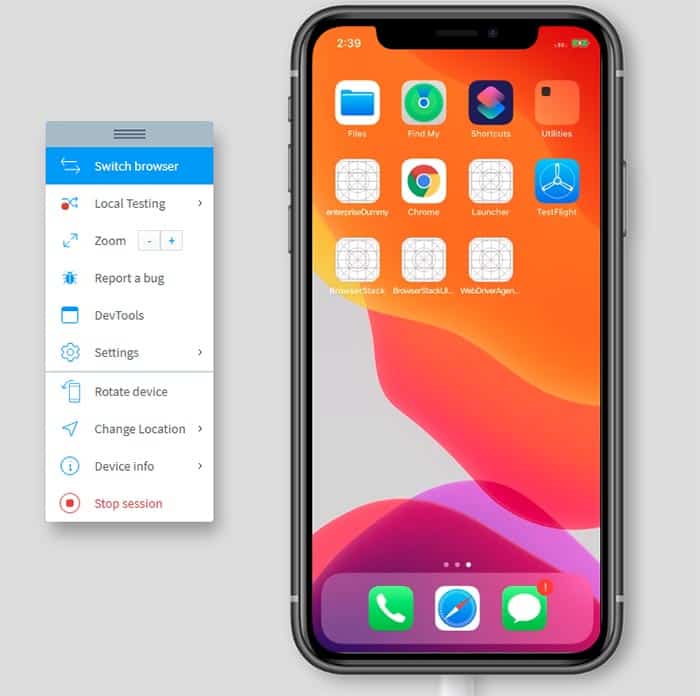-->
The Remoted iOS Simulator for Windows allows you to test your apps on aniOS simulator displayed in Windows alongside Visual Studio 2019 and Visual Studio 2017.
Getting started
Emulators make it easy to run and test iOS apps on Windows PC or Mac. These are especially useful for developers who want to know how a specific app will appear and function on the iPhone and iPad. Emulator software works by replicating Apple’s design, interface, and some limited functionality. If you want to run apps from your iPad on a Mac, the traditional answer is that you can't – at least not ordinarily. There is an exception — you can use an iPadOS emulator on your Mac. For a very small set of niche cases, Simulator is the best option for running an iOS app on a Mac. The problem is that it needs to be your app - in the sense that you developed it or at.
- Jun 15, 2020 Search for iOS simulator using the Search app. As for me, this is the easiest way. I use Alfred, but you can use the standard Mac application Spotlight Search.
- An iOS Emulator refers to the software that runs on MAC and allows the users to create a virtual environment for mobile operating systems. By using an iOS Emulator, the user can install and run all the apps and games as can be done on an iPhone. App or game developers use iOS Emulators to properly scale or test their applications.
The Remoted iOS Simulator for Windows is installed automatically as partof Xamarin in Visual Studio 2019 and Visual Studio 2017. To use it, follow these steps:
- Pair Visual Studio 2019 to a Mac Build host.
- In Visual Studio, start debugging an iOS or tvOS project. TheRemoted iOS Simulator for Windows will appear on your Windows machine.
Watch this video for a step-by-step guide.
Simulator window
The toolbar at the top of the simulator's window contains a number of useful buttons:

Home – Simulates the home button on an iOS device.
Lock – Locks the simulator (swipe to unlock).
Screenshot – Saves a screenshot of the simulator (stored in PicturesXamariniOS Simulator).
Settings – Displays keyboard, location, and other settings.
Other options – Brings up various simulator options such as rotation, shake gestures, and Touch ID.
Settings
Clicking the toolbar's gear icon opens the Settings window:
These settings allow you to enable the hardware keyboard, choose alocation that the device should report (static and moving locations areboth supported), enable Touch ID, and reset the content and settings forthe simulator.
Other options
Ipad emulator for mac. The toolbar's ellipsis button reveals other options such as rotation,shake gestures, and rebooting. These same options can be viewed as a listby right-clicking anywhere in the simulator's window:
Touchscreen support
Most modern Windows computers have touch screens. Since the Remoted iOSSimulator for Windows supports touch interactions, you can test your appwith the same pinch, swipe, and multi-finger touch gestures that you usewith physical iOS devices.
Similarly, the Remoted iOS Simulator for Windows treats Windows Stylusinput as Apple Pencil input.
Sound handling
Sounds played by the simulator will come from the host Mac's speakers.iOS sounds are not heard on the Windows computer.

Disabling the Remoted iOS Simulator for Windows
To disable the Remoted iOS Simulator for Windows, navigate toTools > Options > Xamarin > iOS Settings and uncheckRemote Simulator to Windows.
With this option disabled, debugging opens the iOS Simulator on the connected Mac build host.
Emulate Ios Apps On Mac Free
Troubleshooting
If you experience issues with the Remoted iOS Simulator, you can view the logs in these locations:
- Mac –
~/Library/Logs/Xamarin/Simulator.Server - Windows –
%LOCALAPPDATA%XamarinLogsXamarin.Simulator
Emulate Ios Apps On Mac Mini
If you report a problem in Visual Studio, attaching these logs might be helpful (there are options to keep uploads private).